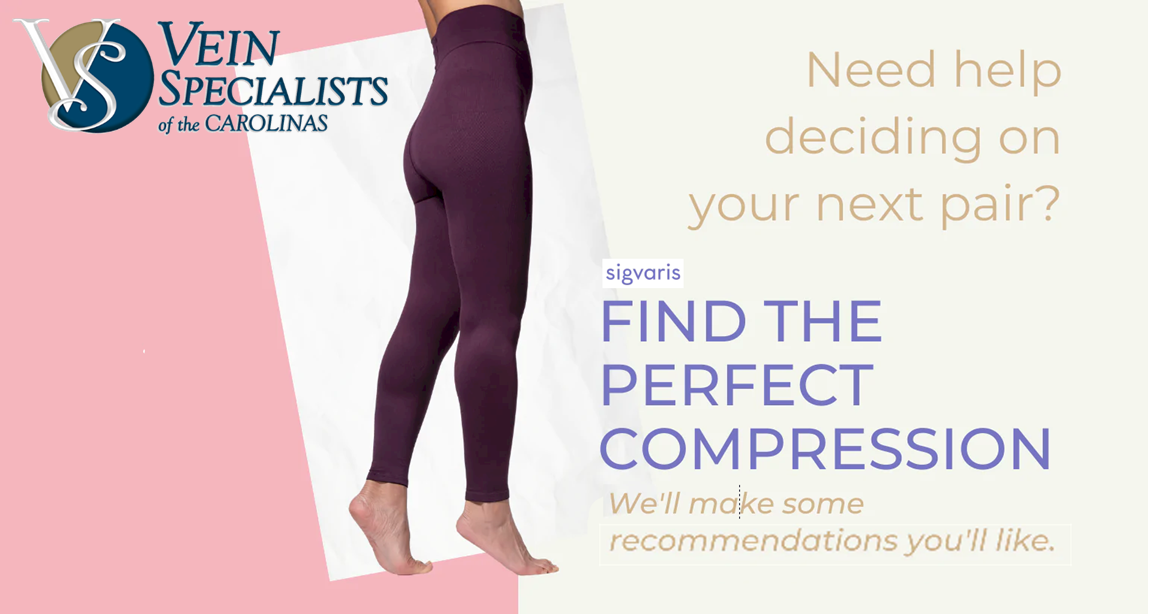Compression level 1
15–20 mmHg
- Mildly painful, heavy and tired legs
- Support and comfort when standing or sitting for long periods
- Support for general health and energy
- For improved circulation, especially in the legs
- Additional support on active days when you work hard or take a trip
- These products may help during pregnancy to prevent varicose veins and reticular veins
Compression level 2
20–30 mmHg
the most frequent compression level prescribed by doctors
- For varicose veins with mild tendency to oedema
- For varicose veins during pregnancy
- After a varicose vein treatment with surgery such as sclerotherapy and phlebectomy
- For the treatment of orthostatic/postural hypotension, a form of low blood pressure
- For deep vein thrombosis
- For post-thrombotic syndrome
- For healed leg ulcers
Compression level 3
30–40 mmHg
- For moderate venous oedema and lymphoedema
- For lipoedema
- Used after broken bones and orthopaedic operations
- Used for the treatment of skin changes with healed ulcers
When should I consider wearing compression stockings and consult a doctor?
- Pregnancy
- Chronically swollen, painful or tired legs
- Poor circulation in the legs
- Varicose veins or venous leg ulcers
- A known risk of blood clots, especially in the legs
- History or family history of deep vein thrombosis
- Long confinement to bed, for example after an operation
- Prevention: It makes good sense to wear compression stockings to fix a small problem before it becomes a big one.
When is caution required with compression stockings?
- Arterial insufficiency, intermittent claudication, ischaemia
- Uncontrolled congestive heart failure (CHF)
- Acute dermatitis, weeping dermatosis, cutaneous sepsis
- Signs of an infection in the legs
There may also be other reasons. Schedule your appointment today to discuss your options based on your medical history and lifestyle!
“All We Do Is Veins, All Day Every Day.”

